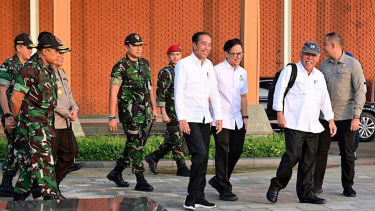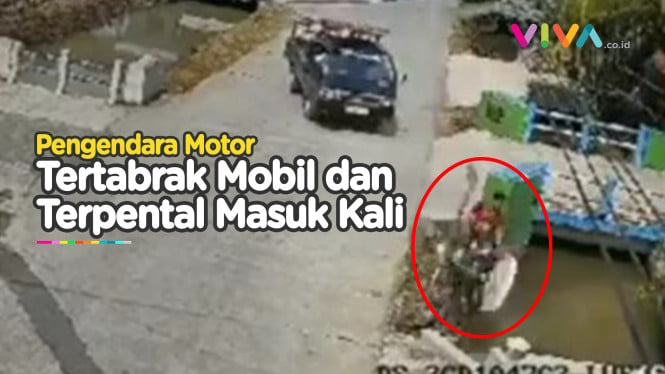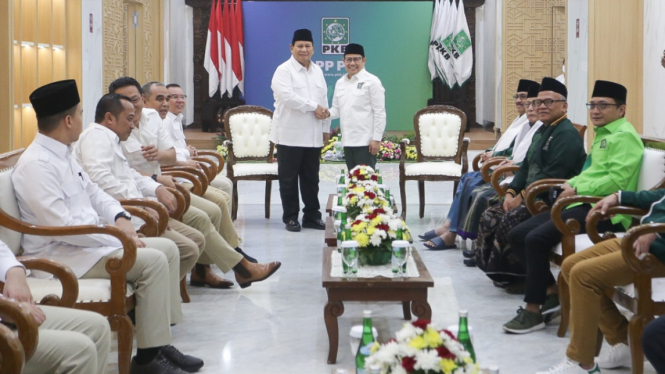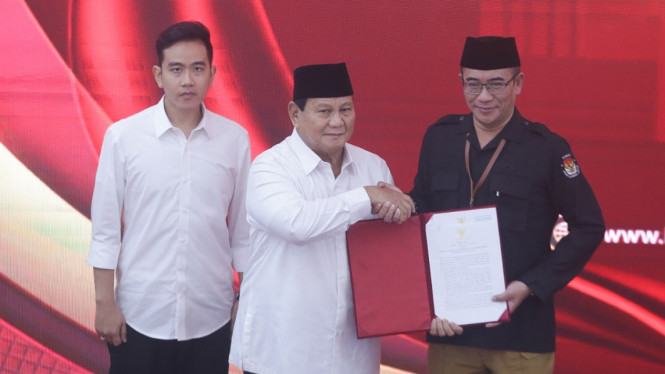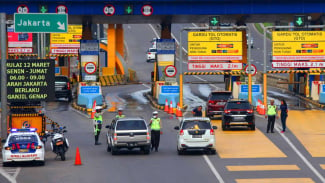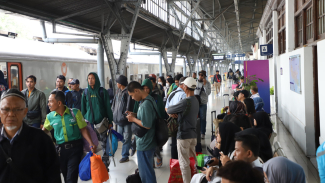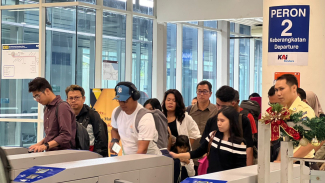VIVAnews – 67 years ago today, on 30 January 1942, Japan began its invasion of Ambon after successfully landing its troops on the north and south parts of the island.
Since the beginning of World War II, Ambon has been considered important by the Allies due to its strategic location and its proximity to Australia, which is why the Dutch and Australia put a lot of efforts into defending the island.
At the outbreak of war on 8 December 1941, Ambon was garrisoned by 2,800 Netherlands Indies Army (KNIL) soldiers commanded by Lieutenant Colonel J. R. L. Kapitz. Nine days later, 1,100 Australian soldiers under the command of Lieutenant Colonel Leonard Roach arrived in Ambon.
On 6 January 1942, the Japanese aircrafts began to launch air assaults on Ambon. A week later, Australia appointed Lt. Col. John Scott as the new commander of its army in Ambon.
The Dutch stationed most of their troops at Paso and only a handful of them were placed to defend other strategic locations such as Hitu, Eri, Laitimor, and Laha airfields.
The Australian troops took up position in the western part of Laitimor Peninsula to defend the Bay of Ambon. The rest of the Australian troops were deployed to Latuhalat, Batuanjut, Nona plateau and Amahusu beach.
On 30 January 1942, approximately 1,000 Japanese marines landed at old Hitu area in the north coast of the island. Other Japanese troops were landed on the southern coast of the Laitimor Peninsula. This first wave of Japanese troops soon made a determined advance after overrunning several Dutch detachments.
The second wave of landing was made at Hutumori, in southeastern Laitimor and Batugong, near Paso. Since the Japanese landed its troops in least expected places, the Allies had to reorganize its defense but it was already too late to turn the tide. Soon, Batugong fell in the early hours of 31 January.
Throughout the day, the Dutch troops one by one either surrendered or were captured. A day later, Kapitz and other high-ranking Dutch officers were captured by the Japanese which ultimately forced the whole Dutch army to surrender their arms.
The Australian army, however, continued to fight before they were forced to surrender to the Japanese on 3 February 1942. Despite the relatively low casualties suffered by the Allies during the fighting, many of the prisoners later died by execution, or due to overwork, malnutrition, disease and torture.
Barely two weeks after the surrender, the Japanese randomly selected 300 Allied prisoners and summarily executed them near the Laha airfield as retaliation for the sinking of a Japanese minesweeper earlier. Others were sent to work as far as to China by the Japanese. Only a quarter of the Australian troops managed to survive when the war ended in 1945.
